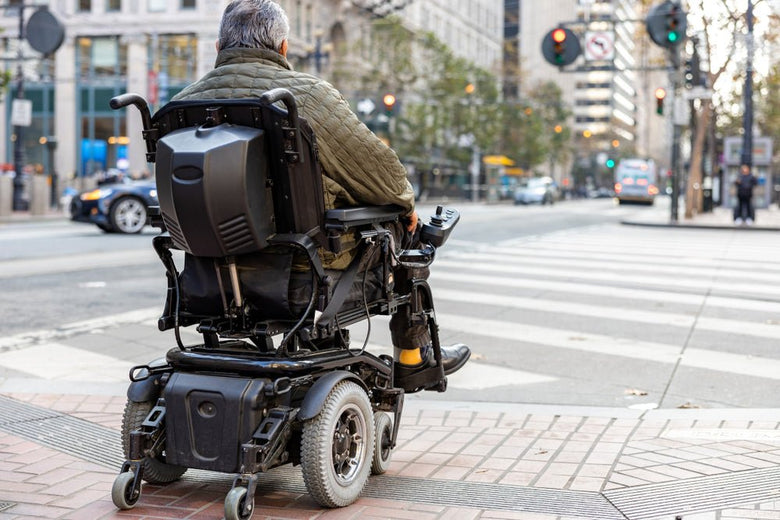As we age, our bodies undergo numerous changes, and it’s not uncommon for elderly individuals to experience various health issues, including bleeding under the skin. This condition, while often harmless, can be concerning and might indicate underlying health problems. Understanding what causes bleeding under the skin in elderly individuals is crucial for proper management and care.

Understanding Bleeding Under the Skin
Bleeding under the skin, also known as purpura, occurs when small blood vessels burst, leading to noticeable purple spots or patches on the skin. These patches can range in size and are often found on the arms and legs.
Common Causes
Several factors can contribute to bleeding under the skin in elderly adults. Some of the most common causes include:
- Age-related skin changes: The skin becomes thinner and more fragile with age, making it more susceptible to bruising.
- Medications: Certain drugs, such as blood thinners, can increase the risk of bleeding.
- Vitamin deficiencies: Lack of essential vitamins like Vitamin C and Vitamin K can affect blood clotting and skin integrity.
- Underlying health conditions: Conditions like diabetes, hypertension, and certain blood disorders can contribute to skin bleeding.
Preventive Measures
While some causes of bleeding under the skin in the elderly are unavoidable, there are preventive measures that can help reduce the risk:
- Balanced diet: Ensure a diet rich in necessary vitamins and minerals to support skin health.
- Regular check-ups: Routine medical check-ups can help diagnose and manage health conditions that could lead to purpura.
- Skin protection: Encouraging the use of protective clothing and sunscreen can protect fragile skin from damage.
When to Seek Medical Attention
While purpura is often benign, it’s essential to consult a healthcare professional if:
- The spots appear suddenly and are widespread.
- There are signs of infection, such as redness or warmth around the bruised area.
- The individual is experiencing other symptoms, such as dizziness or fatigue.
Related Resources
For seniors looking to improve their overall health and well-being, exploring products like a back massager or a grabber tool can be beneficial. Additionally, having a personal alert system can be vital in emergencies.
For more information on caring for elderly individuals, you can visit this resource.
Conclusion
Understanding what causes bleeding under the skin in elderly adults is essential for ensuring their health and well-being. By recognizing the common causes and taking preventive measures, we can help our elderly loved ones maintain healthy skin and address any potential health concerns promptly.

FAQs
What should I do if I notice unusual bruising on my elderly loved one?
It is advisable to consult a healthcare professional to rule out any underlying conditions and ensure appropriate care.
Can dietary changes help in preventing purpura?
Yes, a balanced diet rich in essential vitamins and minerals can support skin health and reduce the risk of bleeding under the skin.
Are there specific medications that increase the risk of purpura?
Medications that thin the blood, such as anticoagulants, can increase the risk of bleeding under the skin.
This article contains affiliate links. We may earn a commission at no extra cost to you.

